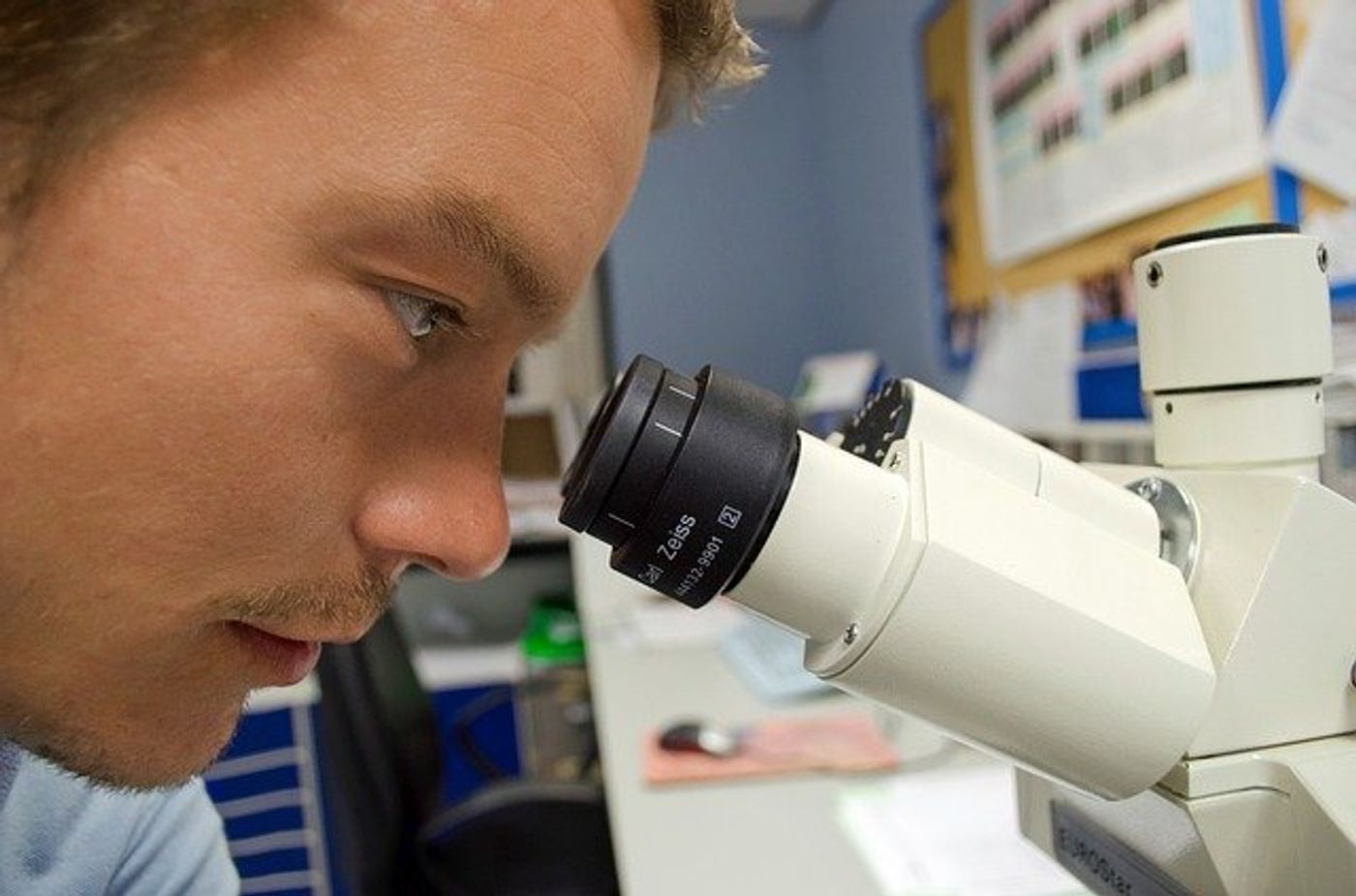Federal Restrictions Make It Hard For Cannabis Researchers
With marijuana use becoming more popular in aiding health, scientists race to find clarity around its health benefits and risks. Since the legalization of medical marijuana, available science has been lacking. Providers are unable to counsel patience in this area with the proper science backing.
In the United States, over 22 million people are consuming cannabis products without the scientific understanding around what the potential risks or benefits may be. Currently, legislatures are still identifying what health conditions can legally be aided by medical marijuana, but often without dependable evidence.
This is concerning considering that cannabis-related emergency room visits have increased, and the cannabis market is projected to triple in the next five years. We must grow our understanding of this drug as quickly as possible.
What stands in the way of solid scientific research? The tight federal restrictions around cannabis research in the United States. To date, researchers are limited to just a few varieties of cannabis compounds, which is certainly not a reflection of the wide range available to consumers. Under federal law, marijuana is classified as a Schedule I controlled substance, which means it is considered to have low medicinal value, with high addictive qualities. The Drug Enforcement Administration (DEA) believes that there is not enough evidence to change its classification. Still, under this classification, it is hard for researchers to do thorough research due to restrictions.
Photo Source: Pixabay.com
Researchers can be fined or face criminal penalties if they do not follow the strict guidelines and rules set in place by the DEA in regards to cannabis research.
The Association of American Medical Colleges says that a change in classification from a Substance I to a Substance III would be beneficial for cannabis research. They also suggested that the DEA allow for the expansion of growers, as well as the number of varieties that they produce for research. They say that these varieties “need to be varieties that can be inhaled, ingested, or applied to the skin.”









